Finger Lakes Distilling is a NYS Farm Distillery, which means that we’re a small operation making a handcrafted product. It also means we’re able to devote all our attention to everything we make; we don’t take any shortcuts. Our flavored vodkas and liqueurs are made in the traditional manner, by soaking real fruits in the spirit. We don’t add extracts or synthetic flavoring to speed up the process. Our whiskies rest in oak barrels for as long as they need to, until they mature into the rich aged spirit we offer with pride.
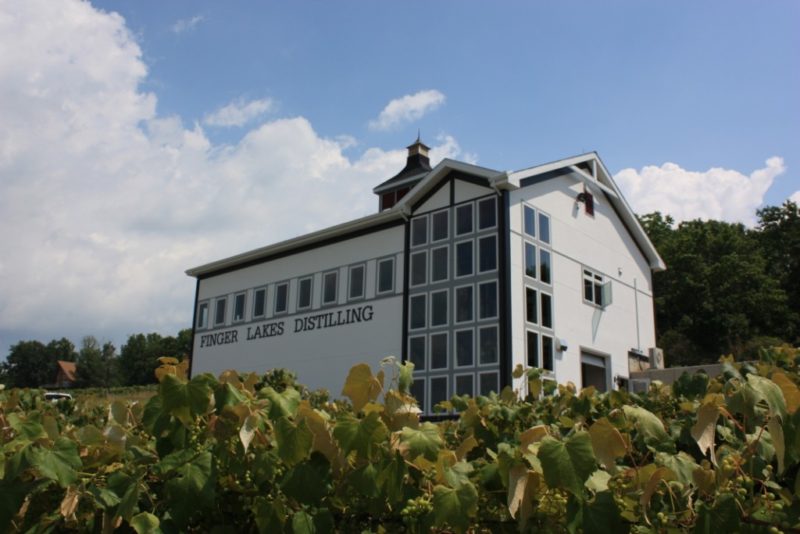 Brian, gives us some history about yourself. What did you do before you got into the distillery business?
Brian, gives us some history about yourself. What did you do before you got into the distillery business?
BM: I was born and raised here in the Finger Lakes and have spent most of my life in the area. After college I worked as a consultant and then spent 6 years in the banking industry. In 2006, the bank I was working for was bought out and I decided to start my own business. When mulling ideas for what to do, I decided I really wanted to create a business that would integrate well with the booming wine industry here in the Finger Lakes. Since my interest was more in whiskey and spirits, it was logical to me that it was a niche that might be good to pursue.
How did finger lakes Distilling come about? What made you want to open up a distillery? Tell us more about the name?
BM: After coming up with the idea for a distillery in wine country, I learned very quickly that my business model wouldn’t work. At that time, distilleries were not allowed to host visitors for tastings and sales. Instead of giving up, I worked closely with a few other NY distilling pioneers and the NY Farm Bureau to lobby for legislation that ultimately created a new license class in the State – the Farm Distilling license.
Once that was possible, we decided to pursue the dream and wanted to become a tourist destination that the region could be proud of. Our corporate identity is Finger Lakes Distilling because we are proud of the area and were really the first standalone distillery. We have several product brands, but are best known for our McKenzie spirits. You can probably guess where that name came from.
What was your vision for Finger Lakes Distilling? Do you feel you achieved what your vision embodied?
BM: We’ve achieved a lot in 8 years – solid growth, awards, and good press – but I still consider our business as a work in progress. We’ve tripled our square footage and added new stills and now sell in 8 states. We’ve done all of this without outside investment and have not deviated from our approach of making everything from scratch. We’ve never outsourced our whiskeys and despite significant growth, we’ve also been able to extend our aging and built our inventory to over 1,000 barrels.
What type of whisky do you currently produce?
BM: Whiskey makes up about 80% of our production and it is mostly rye and bourbon. Our standard rye is 80/20 rye/malted barley and is aged for 2.5-4 years in heavy charred barrels (we finish in sherry casks). We make 2 styles of bourbon – our standard is a high rye bourbon (70 corn/20 rye/10 malted barley).
We also make a wheated version where we switch out the rye for wheat. That product is available by the cask for selected retailers and every once in a while we pull a barrel to sell in our tasting room. In addition to bourbon and rye, we also produce an Irish-style whiskey and have been putting up single malt for several years (not yet released).
Do you source all the ingredients locally ? how important is to to keep everything local?
BM: As a farm distillery, we are required to source a minimum of 75% of our ingredients from NYS farms, but we are closer to 90%. Our primary corn and rye supplier is 2 miles from the distillery. When we started, we could not find NYS malt, but now there are 14 malt houses in the state so that is not an issue. Sourcing locally is very important to us. We are fortunate to be in a wonderful agricultural area and want our products to reflect the terroir of the Finger Lakes.
I have seen and tried the McKenzie Bourbon, its very rich and full of flavor. Was there a particular flavor profile you were going for with this batch?
BM: Rich and full of flavor is exactly what we are going for. I particularly like high-rye bourbons, so that’s why our standard bourbon has 20% rye. We also have done a ton of R&D tasting older whiskeys made in the 60s and 70s (tough work, I know). I would definitely characterize them as more rich than what is available today, so we have adopted some of the older practices of lower proof – particularly in the barrel aging.
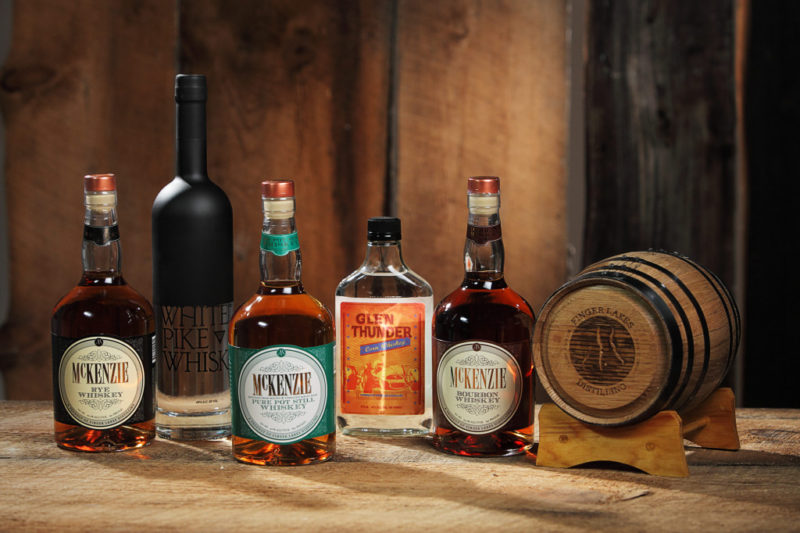 What skills and attributes would you say are most important for a master distiller to possess ?
What skills and attributes would you say are most important for a master distiller to possess ?
BM: I think it’s very important that you strike the balance between the technical side and the art of distilling. As a craft producer, the basic sensory analysis still trumps automation, so you have to have that skill set. Our head distiller is an analytical chemist by training, so a thorough understanding of the science also helps greatly. Also, it’s good to know how to fix shit.
Describe your whiskey in 3 words:
BM: authentic, rich, unique
Tell us briefly about the aging your own whisky kit?
BM: We sell our unaged rye along with a 2 L barrel so people can age at home. We’ve been offering this for years out of our tasting room. I see it has become pretty common in the industry, but people still love to pick these up so they can be part of the process.
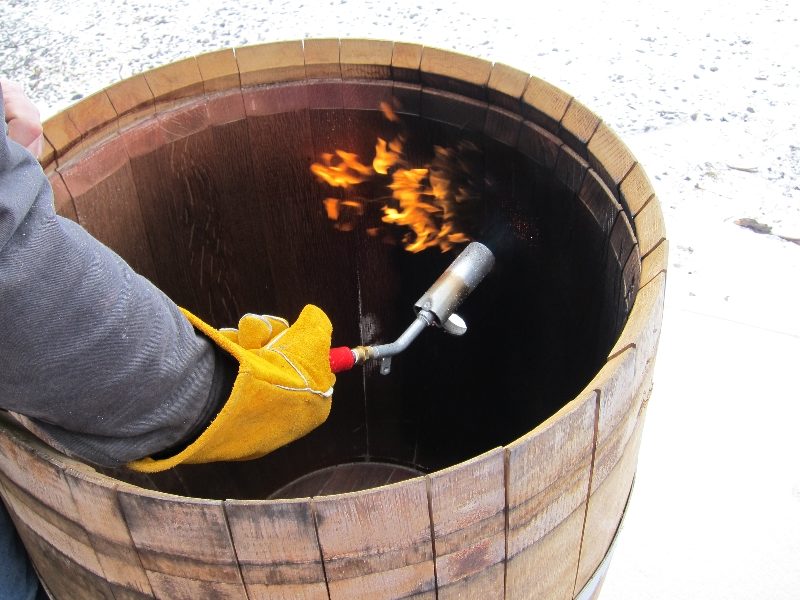 What was your first dram? Is there an interesting story behind it?
What was your first dram? Is there an interesting story behind it?
BM: My first experience with spirits was sipping on grappa in Venice with my great aunt. When you start with grappa at age 16, you are pretty much destined to get into the spirits business. In college, I visited my girlfriend (now wife) who was studying in KY and we spent a lot of time at the Bourbon distilleries which got me interested in the process. Then, about 5 years before we started FLD, I visited my grandfather’s homeland, Scotland. I was fortunate to sit with a bartender in Strathpeffer for about 2 hours and he gave me a full education on malt. I was blown away by the differences between Islay malts, Speyside, etc and it was really the moment I realized that I wanted to be part of the industry.
Brian, would you say that now is the most exciting time for a whiskey lover?
BM: Hard to say. There seems to be more choices than I ever remember, but there is also a lot of deception in the industry. Even though you can find several different brands of rye on the shelf, for instance, a lot of them are coming from the same source.
Do you see yourself doing sherry or port finishes in the future?
BM: We’ve finished our rye in sherry since we first released it 6 years ago. I believe we were one of the first to employ the technique of finishing whiskeys in alternate casks. It’s been our best seller ever since.
Where do you see your distillery 5 years from now?
BM: We hope to keep scaling up the operation but keeping things rolling like they are currently so we can keep a close eye on quality. I’d like to see our products in some foreign markets as I believe the potential for American-made whiskeys is very strong. Hopefully we’re still having a good time and have made some new fans.
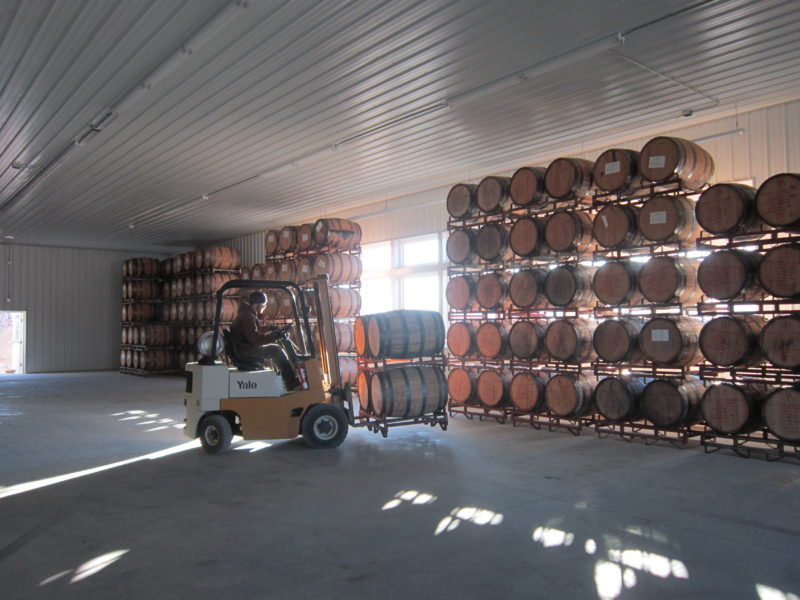

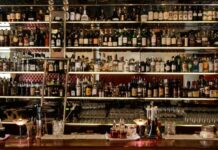
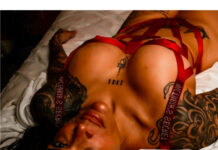
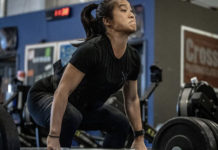

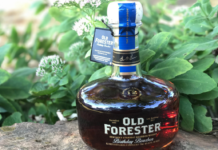
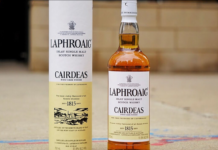
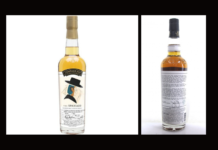
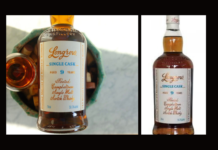

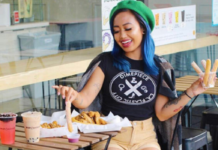
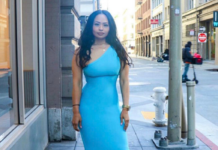
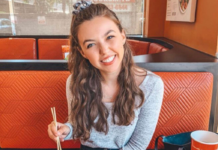
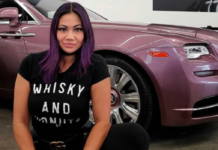
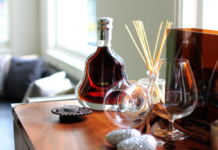
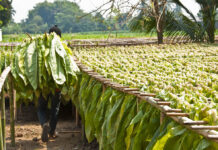
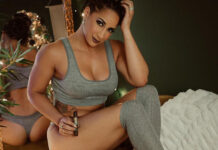
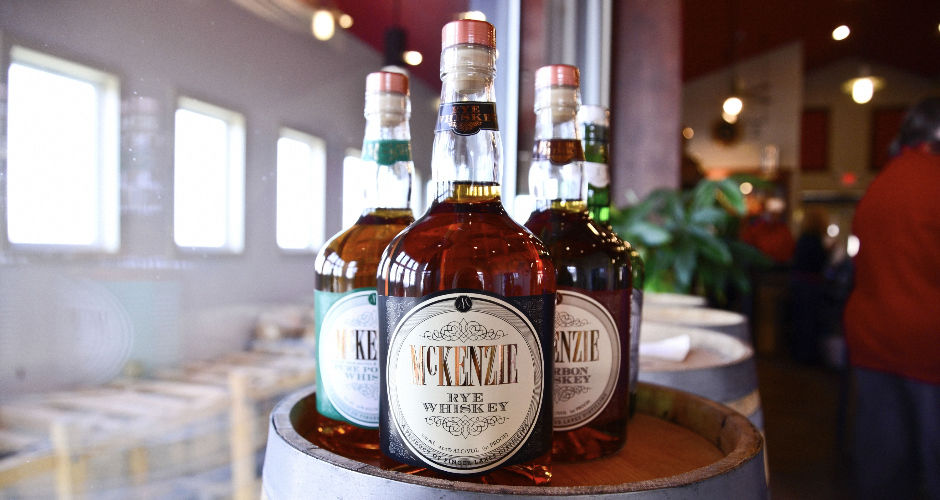

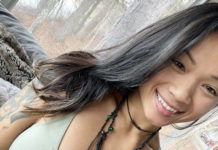
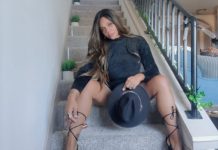
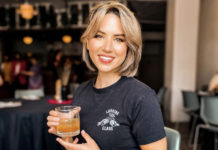
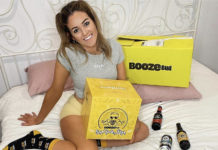

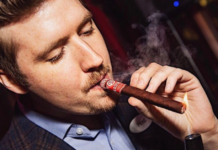
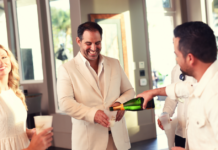
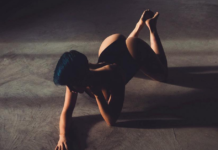
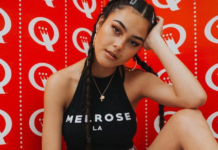

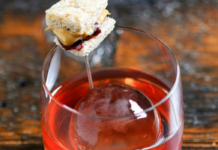
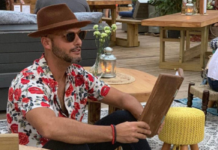
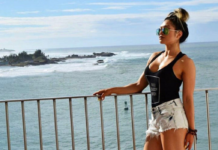
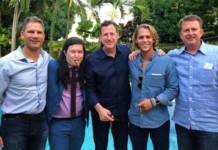
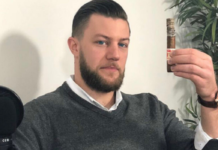
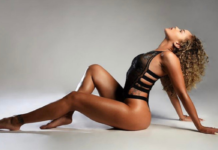
[…] voices to promote a positive business environment that fosters the craft distilling industry. In a recent interview, he spoke on the beginnings of Finger Lakes Distilling, stating, “After coming up with the […]